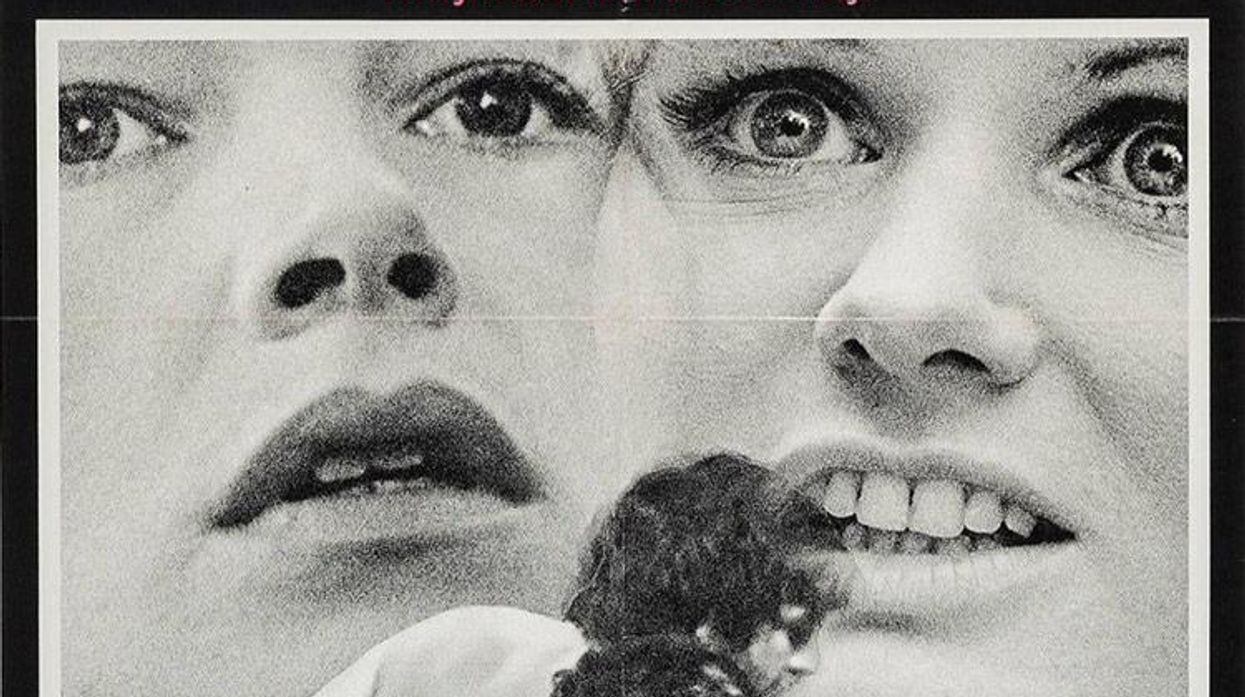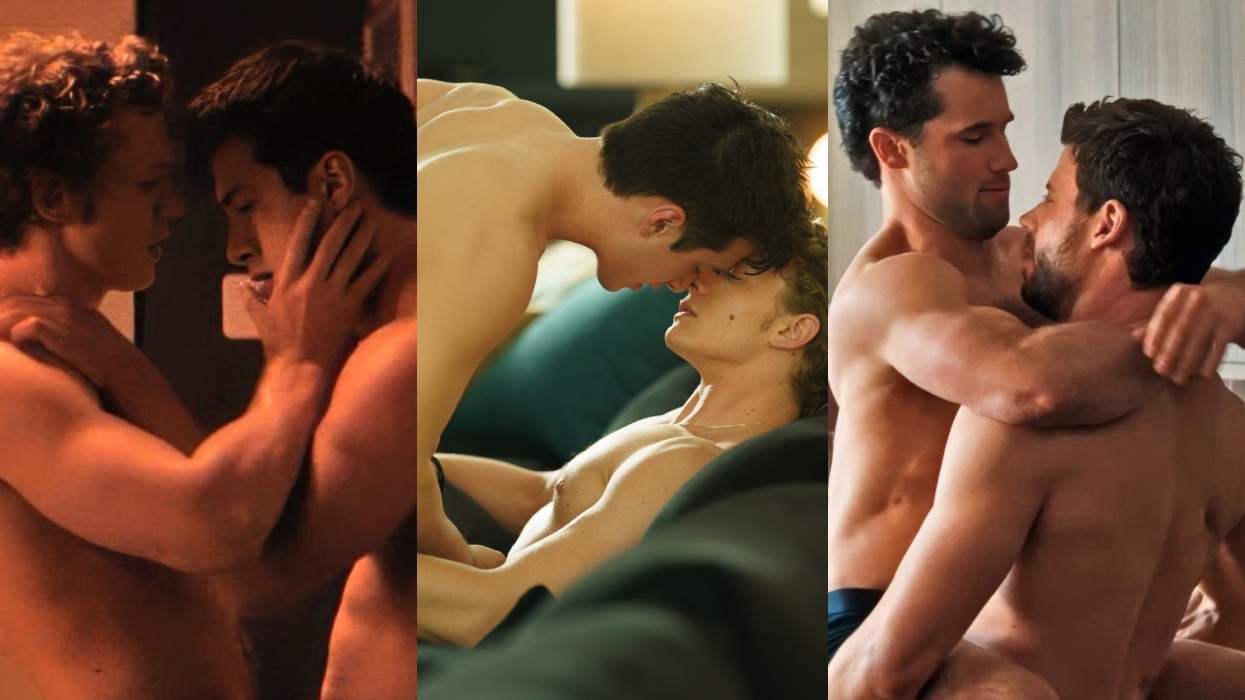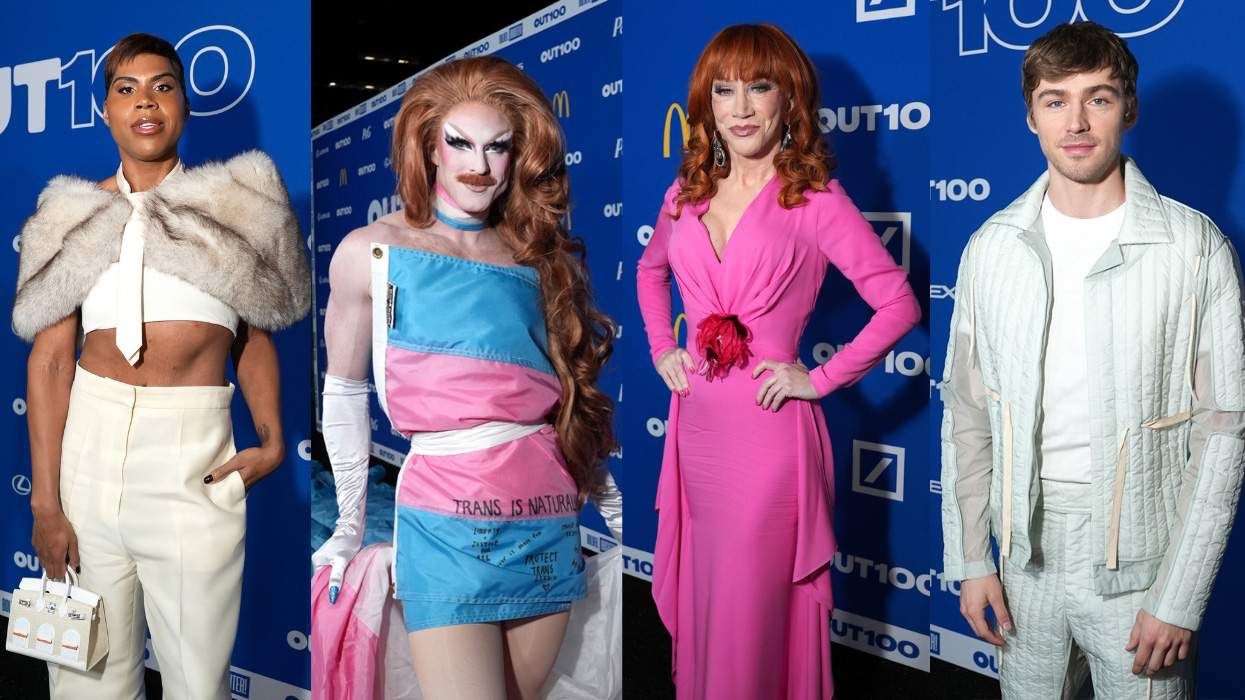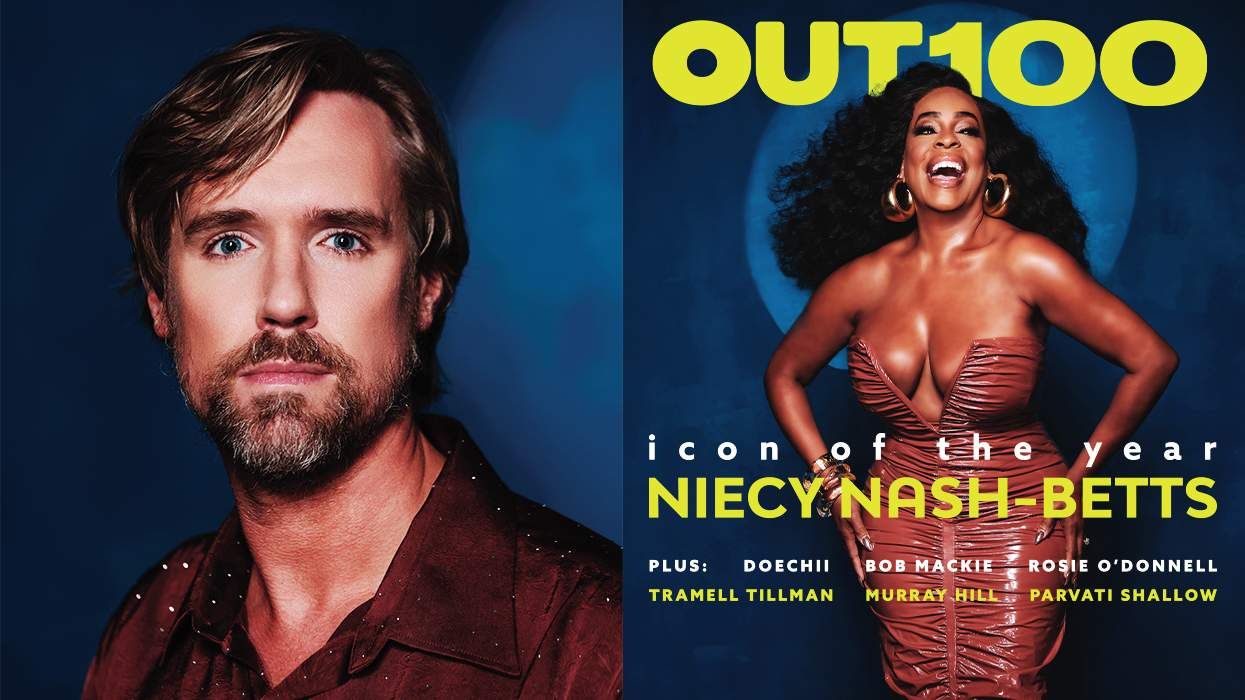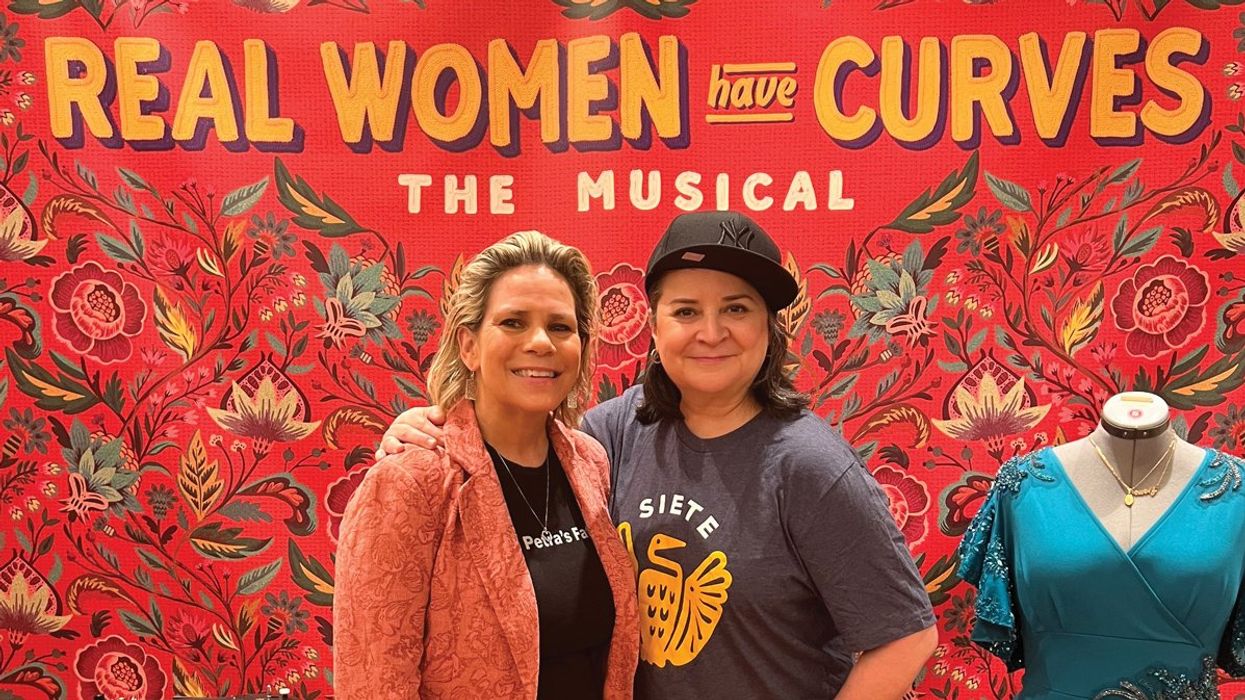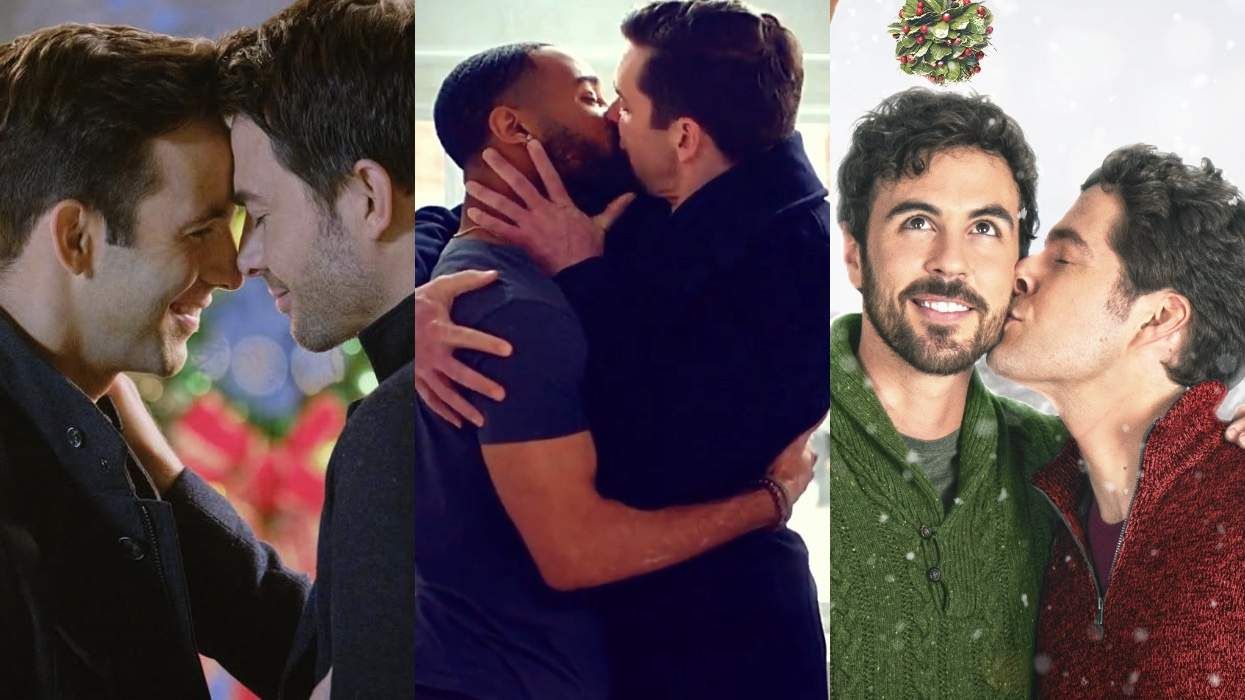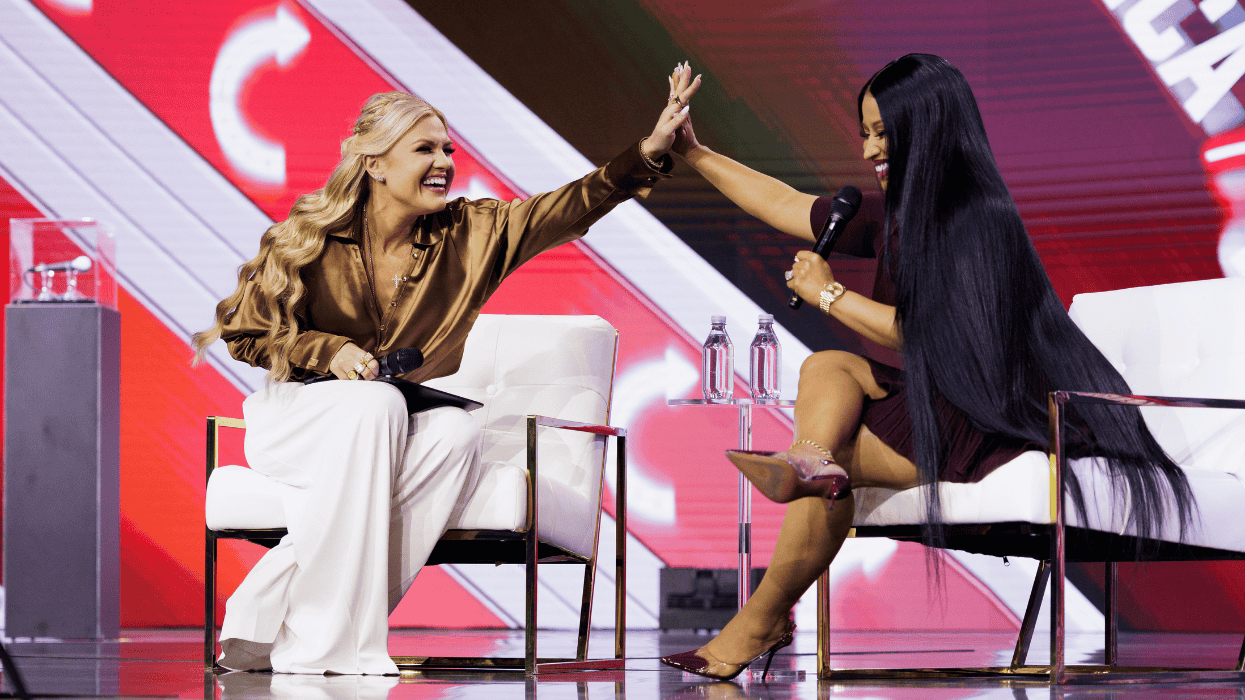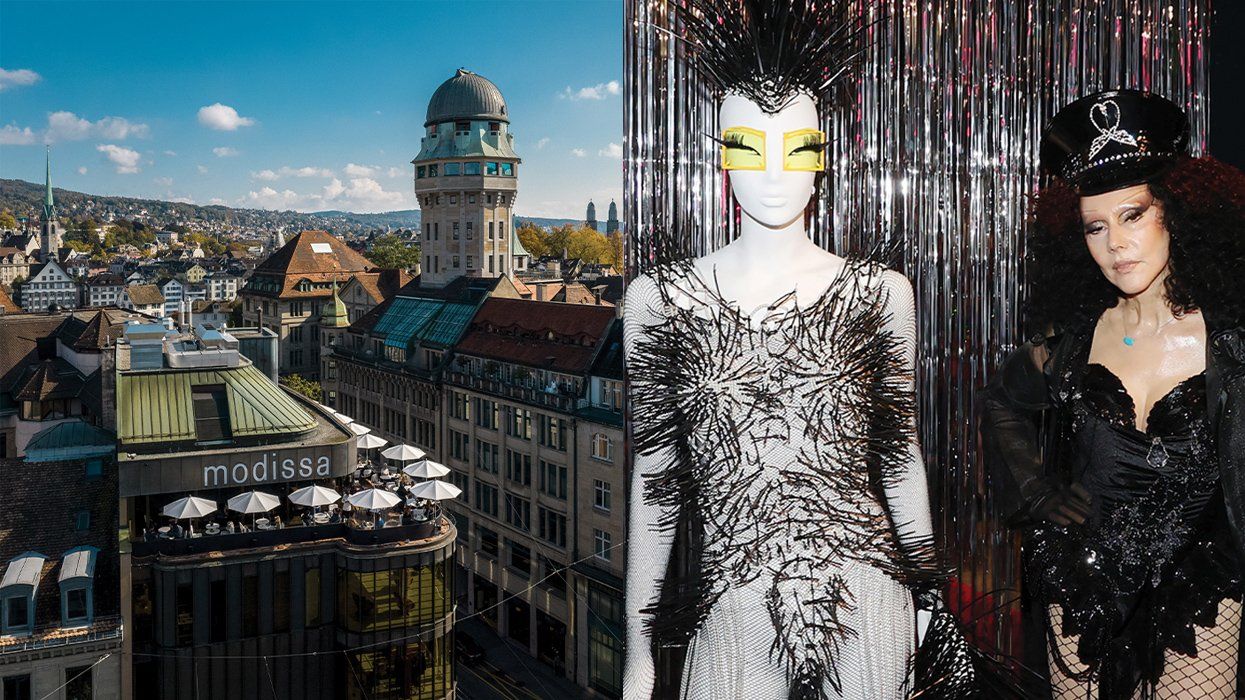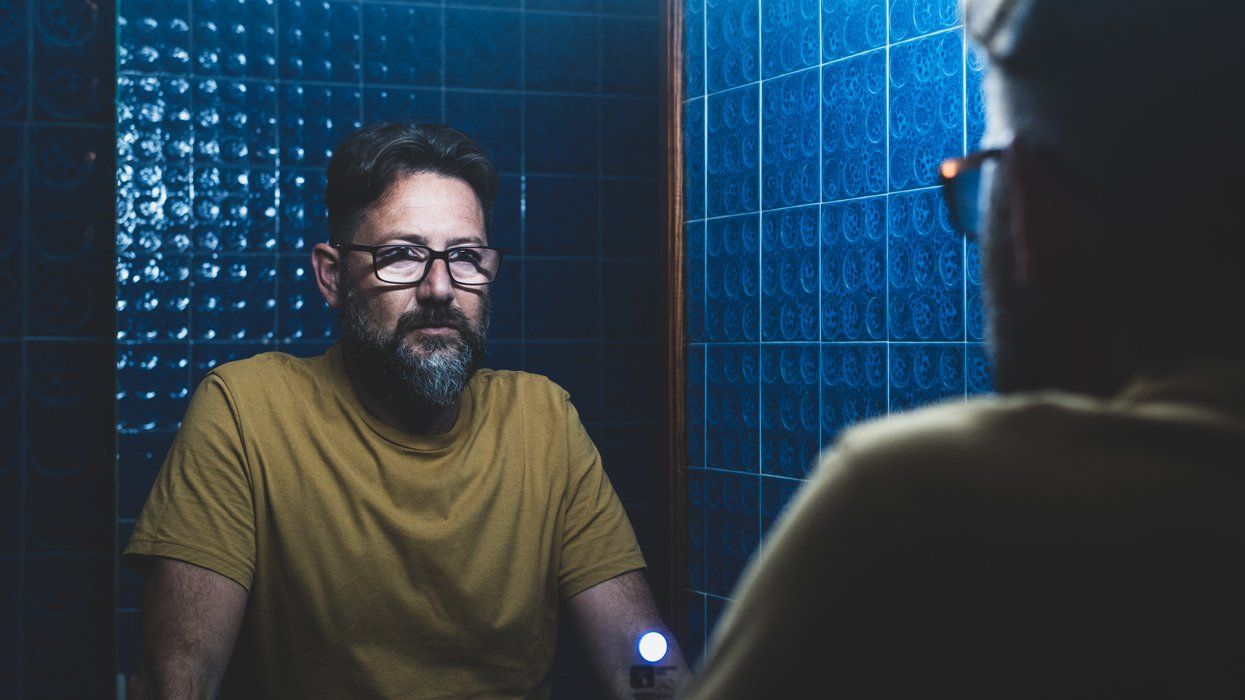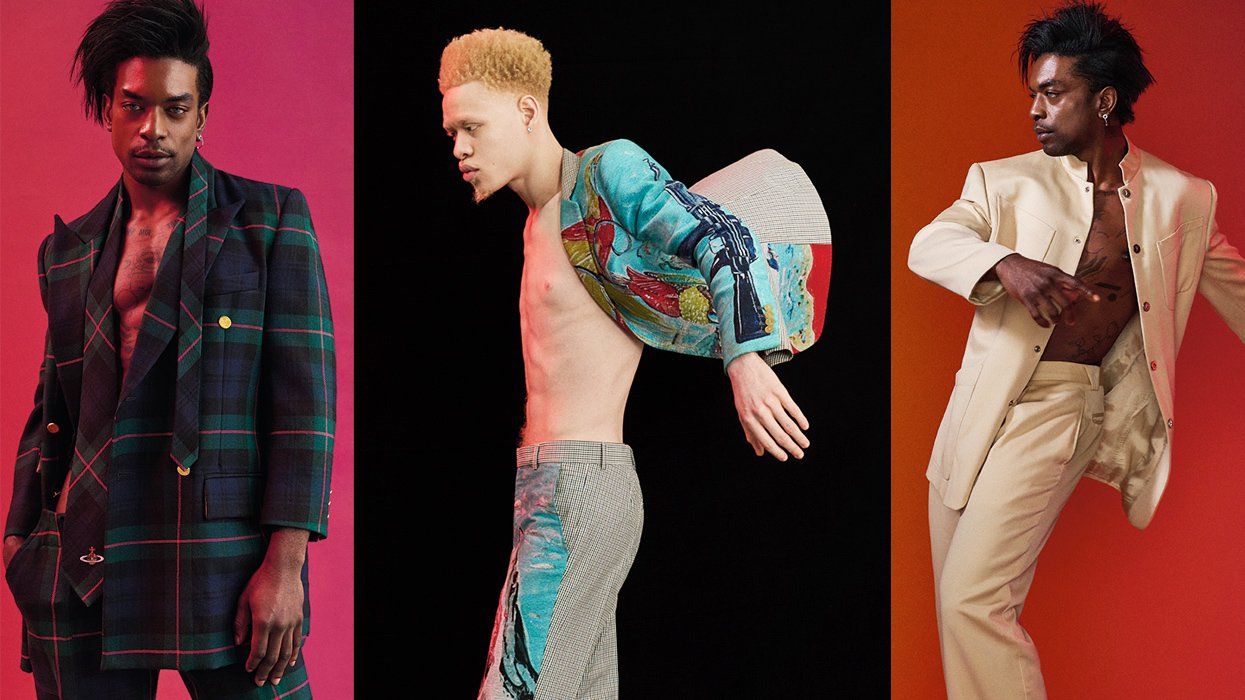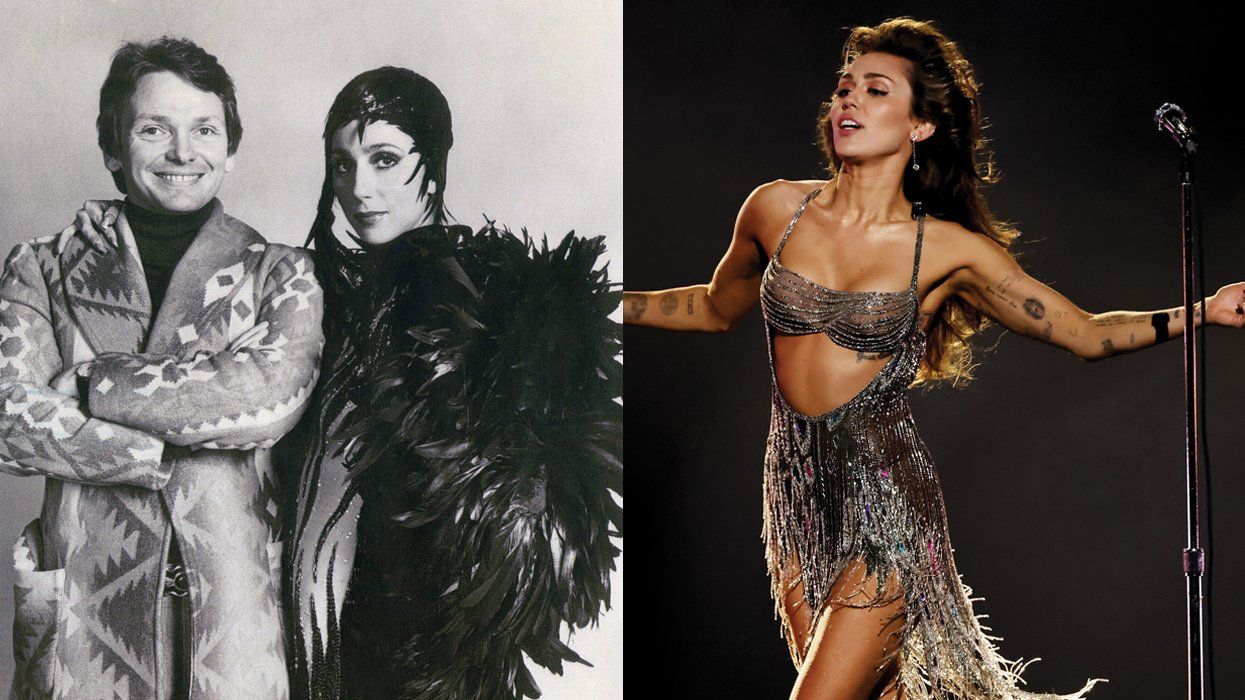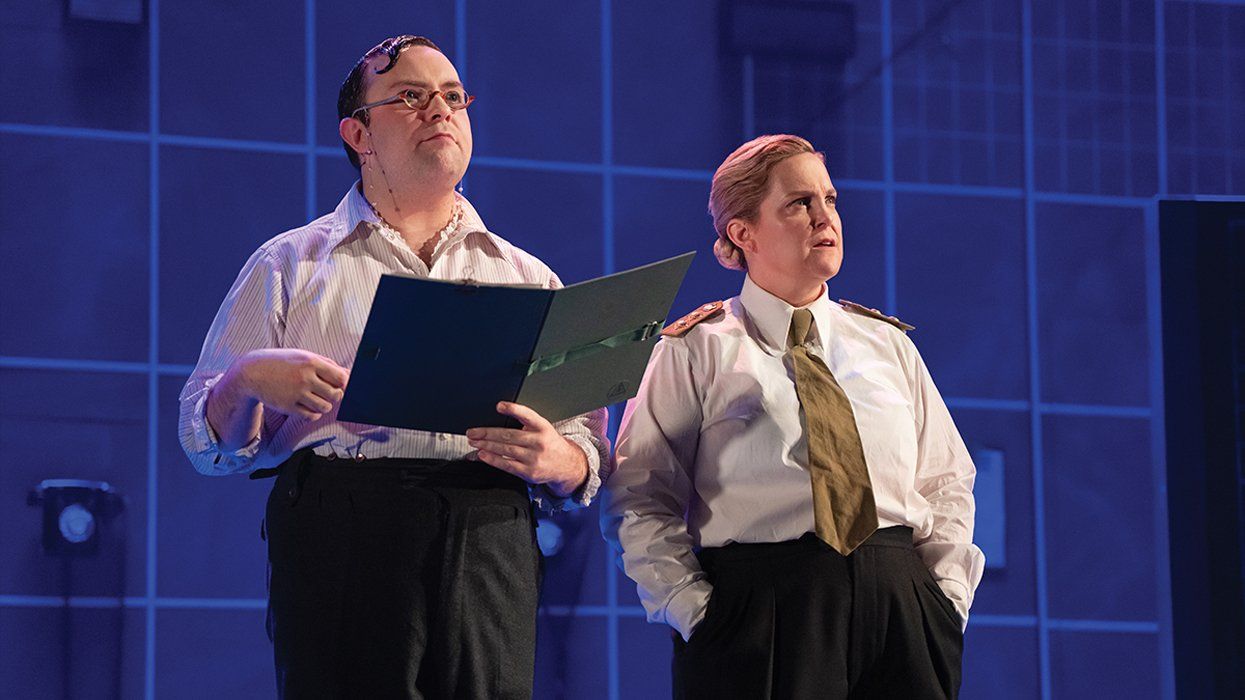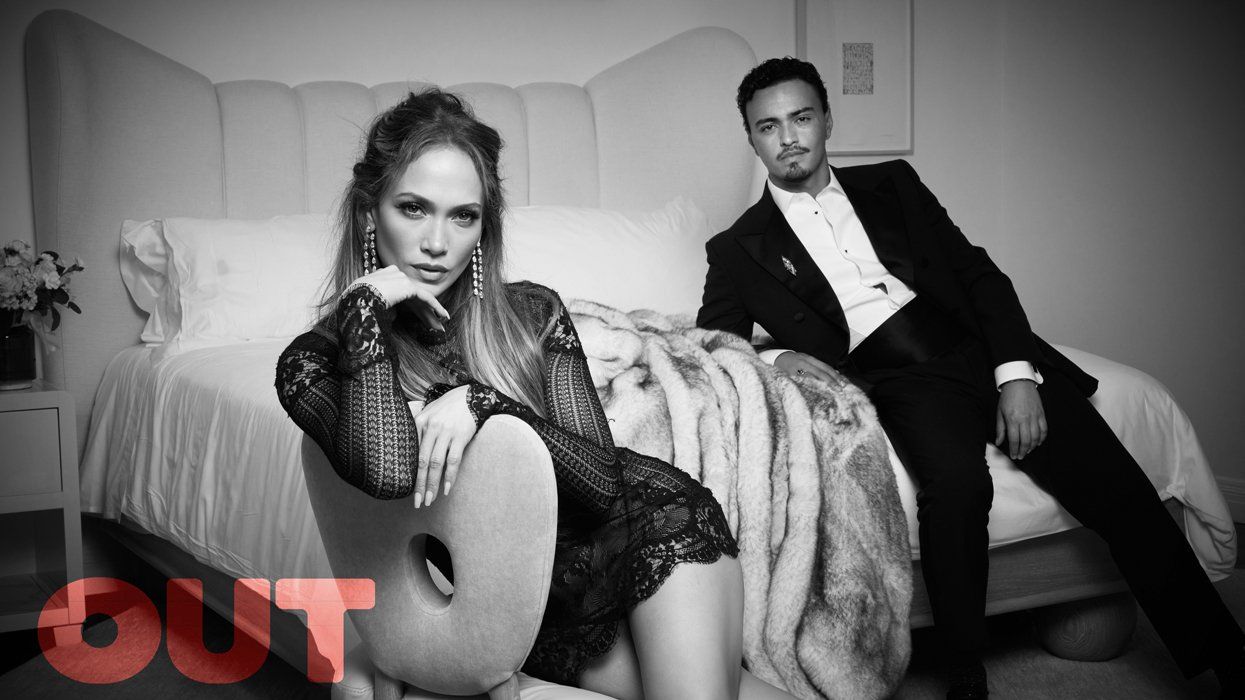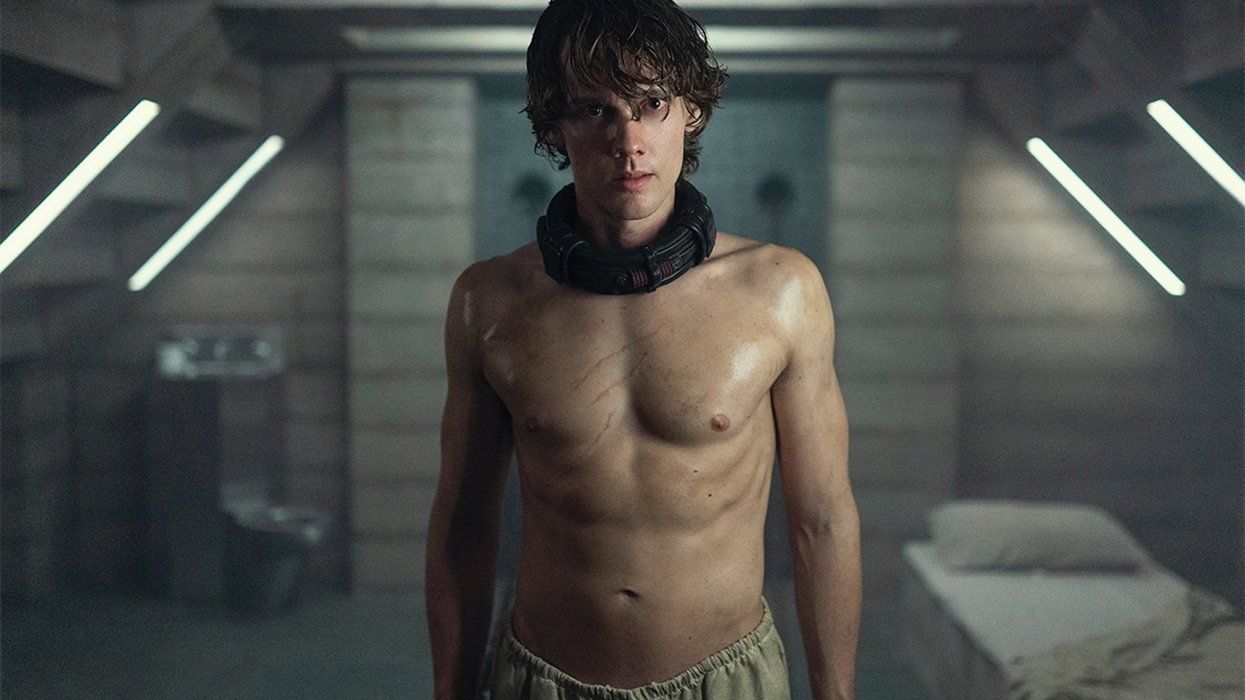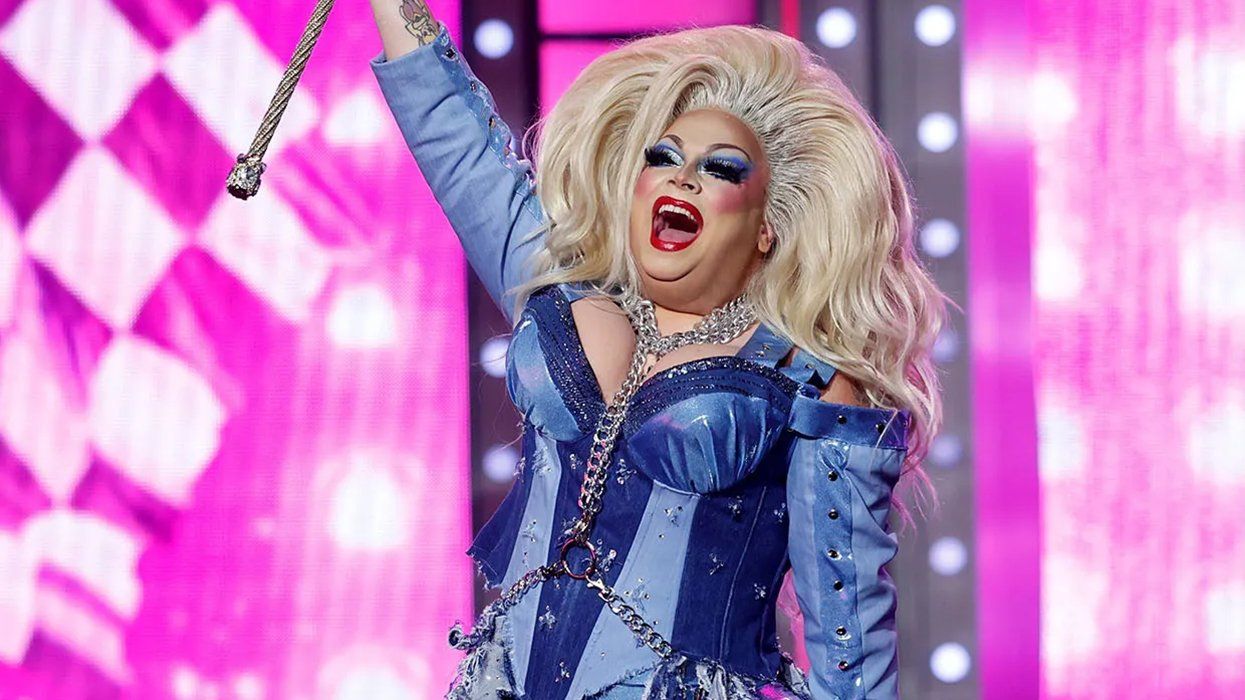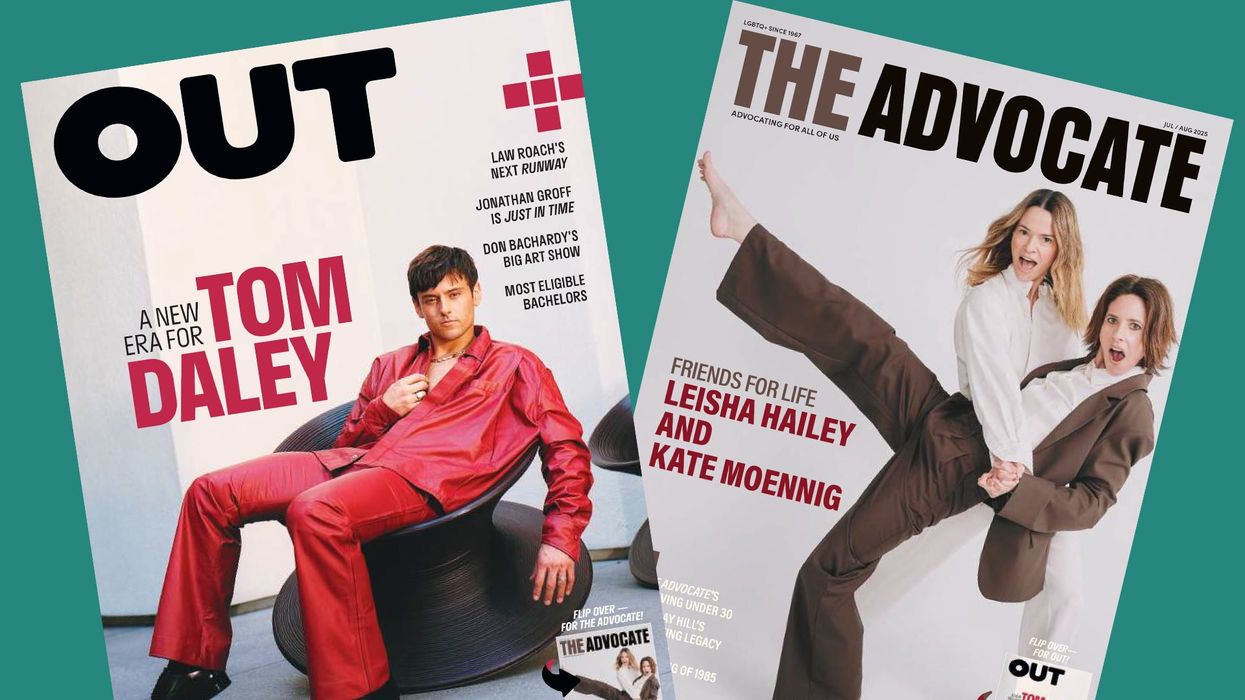Ken Russell's 1969 film Women in Love is infamous for its fully nude male wrestling scene. Adapted by Larry Kramer from a novel by D.H. Lawrence, the title may suggest a sapphic affair, but the director's own sexually advanced intentions become clear when Alan Bates and Oliver Reed strip and hunker down into a sweaty grappling match lit by the symbolic heat of a fireplace.
Related | 17 of the Best LGBTQ Films of 2018 (Recent & Upcoming)
The risks taken by these high-profile movie stars outclass any of those taken by today's supposedly bold Hollywood actors. By having them bear their bodies, Russell elicits a performance of sexual bravery and cultural sophistication. Such artistic courage is why Women in Love remains a fascinating, no-holds-barred exploration of the erotic tension that still roils human relations.
As the searching intellectual Rupert and the frustrated industrialist Gerald, Reed and Bates have a tense fraternal friendship, but a curiosity lies beneath the surface of their mano a mano match-up. The attempt to physically break past the societal barriers of proper masculine interaction also creates a vivid, sensual metaphor for the philosophical differences felt between the two early-20th-century, white, upper-class, British characters. Russell's insistently frank staging of the clash and entanglement gives its provocative ideas startling immediacy. Over the years, viewers who watch this red-hot tableau looking for the naughty bits perform their own cinematic sexual rebellion. The fight's Greco-Roman associations cross classical effete homoeroticism with the era's Warholian raunch.
Russell and Kramer honor Lawrence's literary genius and his post-World War I exploration of sexual customs and human instinct. This unexpected collaboration of giants gives vent to each visionary's daring personality: Russell's camp and Kramer's commitment to gay seriousness. Their wild drama complements Lawrence's plot about the Brangwen sisters, schoolteacher Ursula (Jennie Linden) and artist Gudrun (Glenda Jackson), who couple up with Rupert and Gerald. The mismatched courtships resist Masterpiece Theatre gentility to uncover turbulent emotions and challenge standard gender relations. Lawrence intuited and prophesied this change in 1920. Russell and Kramer reflected its still-relevant truth five decades later.
Unafraid of sex, Russell used vibrant cinematic devices such as unusual camera angles, intensified color, and rhythmic dissolves and transitions to stir viewers' responses. Whether it's Gudrun's dangerous interpretive dance among a herd of cows, Rupert and Ursula's tilted naked romp among pink and gold wheat fields, or a nearly gothic nighttime swim by doomed newlyweds, each scene, courtesy of cinematographer Billy Williams, brings sensuality and shock to its characters' sexual expression.
Although Jackson won all the acting trophies that year for her boldly acerbic performance as man-eater Gudrun, it is the story's queer undercurrent -- Lawrence's fearless proposal for sexual experimentation and his awareness of individual need -- that confirms the film's greatness. Russell and Kramer offer up a homoerotic fascination that mainstream movies were only just beginning to openly articulate. Rupert and Gerald have a profound discussion about same-sex attraction and its possibility that Russell captures against the mirror reflection of one man's uncertainty and the other's yearning.
And when Rupert and Gerald wrestle, they not only struggle to understand themselves but also fight against the sexual conventions that Lawrence warned would prevent humans from achieving a satisfactory fulfillment of their physical and spiritual natures.
Most important, the sensitivity that Bates displayed throughout his career as an amiable, romantically tempting lead is perfectly played against Reed's burly machismo. Bates's Rupert verbalizes his top/bottom charm, while Reed's deeply empathetic Gerald suffers beneath Gudrun's wiles and retaliates with brutal, self-destructive force. These excellent actors achieve an almost tactile realization of the erotic thrill and puzzling danger that are intrinsic to a good movie-watching experience. They make Women in Love powerful as well as prophetic.
The Criterion Collection reissue of Women in Love is available now on Blu-Ray.


